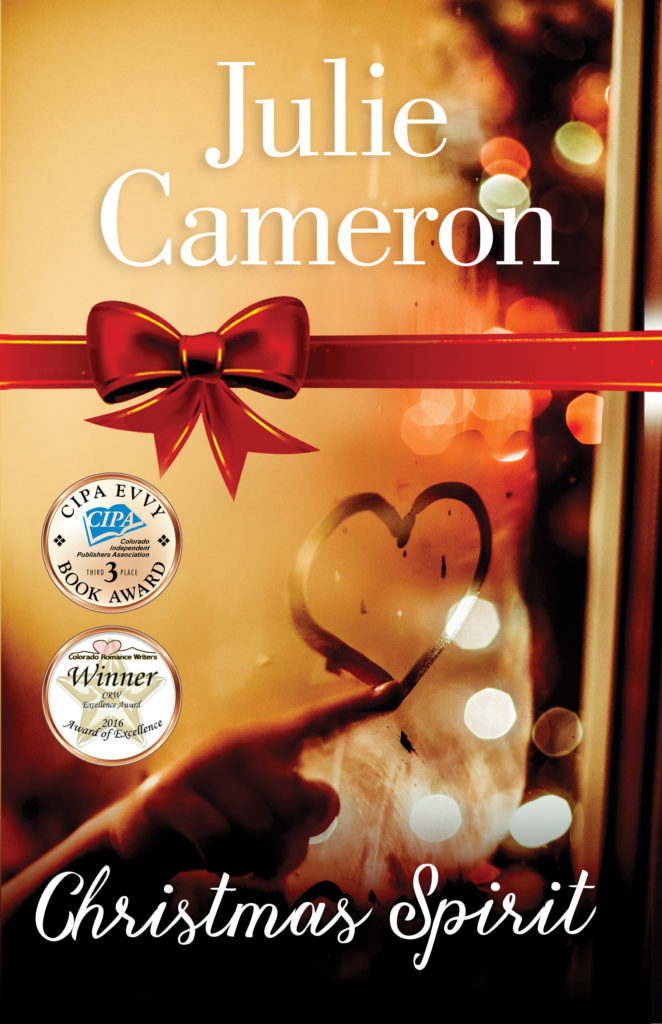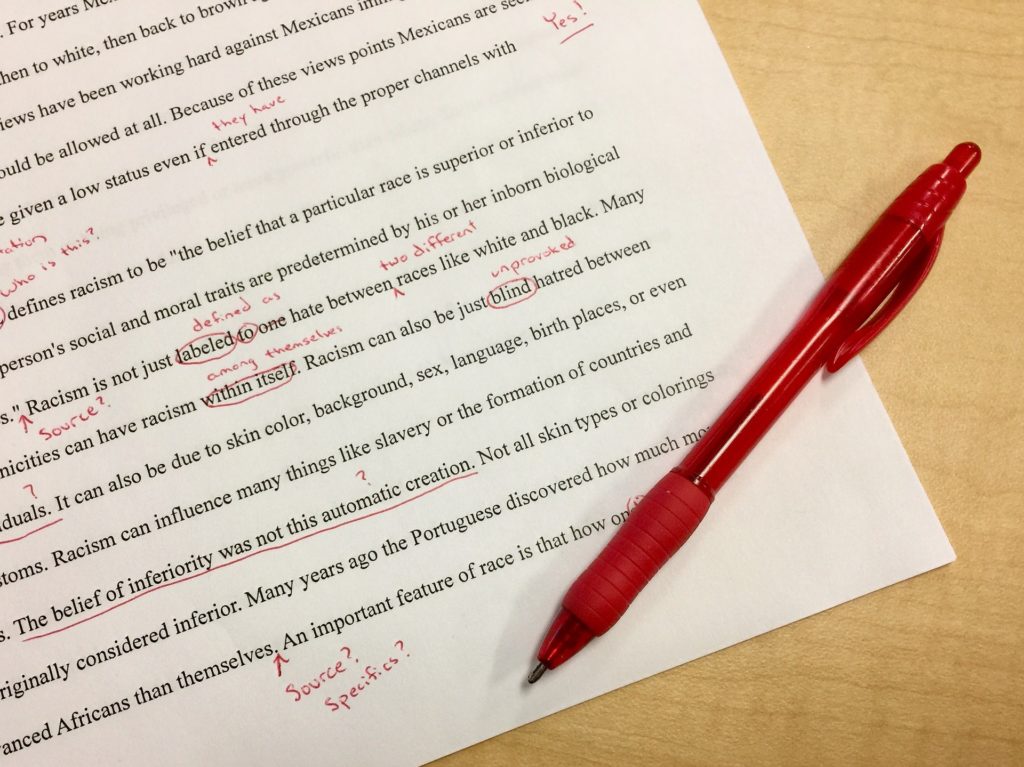With the 2020 Holiday Season fast approaching, I thought I would reminisce a little bit about how my first novel, a holiday romance, came to be…
About six years ago, my manager in Los Angeles asked me if I had any screenplays that were holiday themed.
“They’re really looking for holiday movies right now,” she told me, which wasn’t great news for me at the time. I struggle with the holidays.
But I didn’t want to lose momentum with my manager, so I said, “Uhhh… I can put one together.” Never say, “No” to your representation when you’re first starting out, right?
I ran away from home and holed-up in a condo in Winter Park, Colorado for a week to get it done. I brought in food, wine (lots of wine), and stayed in a place without internet access so that I could focus entirely on writing the screenplay. The pizza delivery guy and I were on a first name basis.
My original idea was to expose the commercialism around Christmas and make it an enlightening expose on how it’s all about the money.
Did I mention that I struggle with the holidays?
Or that I actually write romantic comedies?
I wrote frantically at odd hours of the day and night, almost never leaving the condo for the entire week. When I finished the first draft, I was really excited about it. So was my manager. And that was the birth of Christmas Spirit in screenplay format.

But, here’s the thing: It didn’t end up being about commercialism.
I had interwoven all of my favorite family traditions and turned it into a love story, not only between the hero and heroine, but about Christmas itself. I realized that I love my family traditions, and that family is the very best part of the holiday season. My new screenplay was an homage to the holiday season.
The problem came, however, when I realized that if I sold the screenplay I would lose the rights to the story. I had become very attached to my story and the characters.
No problem, I thought. Simply “plop” it into novel format, put it in past-tense, add more detailed descriptions around all the dialogue, and voila! Instant book. Easy-peasy.
Not so much…
I sent my first attempt to my Content Editor for input. His response? “Yeah, you write like a screenwriter.” We worked, and then we worked some more. The book finally came together and was the beginning of a whole new series – and a whole new way of writing – for me. I learned more from my Content Editor than I’d ever thought possible.
Christmas Spirit is the first in the Landon Legacy series. The second book, Family Spirit came out two years later, and also has a matching screenplay. My Content Editor was a significant source for me on my second book as well.
The third book and screenplay – because, yes, now I like to write both formats at the same time – is my current work-in-progress. I might need to run away from home again to finish it. But I know for sure that the first person I call when I finally type “The End” on my first draft will be my Content Editor.



